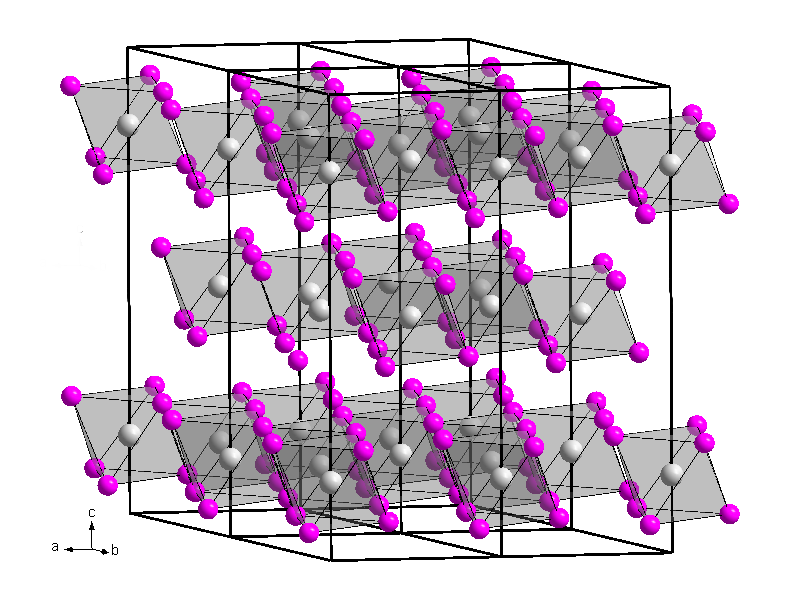-
Brauer Handbuch Der Prparativen Anorganischen Chemie Pdf Writer카테고리 없음 2020. 2. 12. 06:02

Brauer Handbuch Der Prparativen Anorganischen Chemie Pdf Writer Download
Item MetadataTitleEmission and absorption studies of octahedral chromium (III) complexesCreatorPublisherUniversity of British ColumbiaDate Issued1969DescriptionI.The luminescence spectra of a number of molecularCr(III) complexes have been investigated using standard low-temperature spectroscopic techniques. The observed transitions have been assigned, assuming octahedral micro-symmetry, as emission from either the lowest lying doublet state, ²Eg, or the lowest lying quartet state, ⁴T₂g.An empirical classification is proposed whichallows one to predict whether a given complex will showphosphorescence or fluorescence at low temperatures. Ingeneral, complexes with relatively high ligand field strengthsshow only phosphorescence because the ²Eg state lies farbelow the zeroth level of the ⁴T₂g. Compounds withrelatively weak ligand field strengths have the ⁴T₂g stateas their lowest excited state and therefore show onlyfluorescence. Complex ions with intermediate ligand fieldsmay emit from both levels since the latter lie within a fewhundred wavenumbers of each other.The phosphorescence spectra are sharp and showvibrational structure.

A line coincident in energy inabsorption and emission identifies the origin of the²Eg ↔ ⁴A₂g transitions. As these spin-forbidden transitionsare intra-configurational (in the strong field limit), the vibration structure in emission and absorption is very similar, although a true mirror image relationship isnot realized. In many cases the vibrational spacings havebeen correlated with known infra-red data.The fluorescence emission is broad and shows novibrational structure. The ⁴T₂g ↔ ⁴A₂g transitions are inter-configurational and the emission maximum is Stokes-shifted by a few thousand wavenumbers from the absorption maximum, as expected.II. The methods that have been used in the past toderive the electron repulsion parameters, B and C, from the spectra of octahedral Cr(III) complexes have been reinvestigated.A number of Cr(III) complexes were chosen for which the spin-forbidden transitions to the three lowest doublet states are known. The complete strong field and weak field matrices have been used to derive the parameters B and C from the known spectral data. A convenient graphicalmethod is given which makes it a simple matter to choose the 'best' values of B and C.
The assumption that C=4B was discarded because it is incompatible with the nephelauxetic effect.The three parameter (Δ, B, C) crystal field theory reproduces the band positions of the d-d transitions of most Cr(III) complexes to within a few hundred wavenumbers. Because the free ion theory of Condon and Shortley involves about the same uncertainty, it is felt that the results obtained here represent the best that can be obtained from the three parameter crystal field theory.SubjectGenreTypeLanguageengDate Available2011-06-03ProviderVancouver: University of British Columbia LibraryRightsFor non-commercial purposes only, such as research, private study and education. Additional conditions apply, see Terms of Use.DOI10.14288/1.0060015URIDegreeProgramAffiliationDegree GrantorUniversity of British ColumbiaCampusScholarly LevelGraduateAggregatedSourceRepositoryDSpaceDownloadMedia 8.51MB MetadataJSON:JSON-LD:RDF/XML (Pretty):RDF/JSON:Turtle:N-Triples:Original Record:Full Text CitationFull Text. EMISSION AND ABSORPTION STUDIES OF OCTAHEDRAL CHROMIUM(III) COMPLEXES by HORST WITZKE B.Sc.
